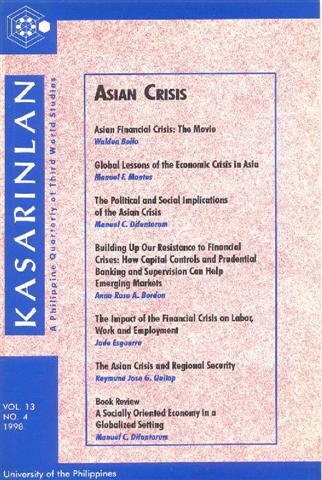Global Lessons of the Economic Crisis in Asia
Abstract
The economic crisis in Asia is not an "Asian" crisis. The conditions that precipitated it are by no means unique to the region. They have their own roots in badly managed government liberalization of the financial sector, excessive borrowing and lending by private industry, and the inability and unwillingness of key players - including governments - to accurately assess risk. The resulting collapse of domestic asset value (real estate, stock market prices) and currencies was a phenomenon already seen in the early 1990s in Europe and Latin America, and now Asia. With the cost of bailout packages ballooning, everyone has a stake in improving crisis prevention and response. Governments, international organizations, and domestic banks must coordinate efforts that should include: easier access to information in the financial industry, increased government oversight of private institutions, more flexibility in exchange rates, and greater control by public authorities over short-term flow of capital among countries. Finally, private companies that take excessive risk in financial markets should be forced to bear the cost of their own actions.
Published
2007-10-18
Section
Features
By submitting a manuscript, the authors agree that the exclusive rights to reproduce and distribute the article have been given to the Third World Studies Center.



